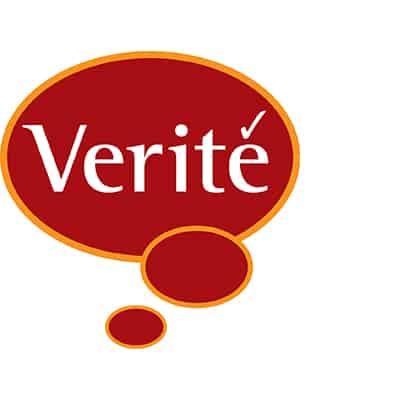Behavioural testing shows that people actually grasp figures on paper better than online – with electronic statements being less well understood.
A recent behavioural economics study by London Economics – conducted on behalf of the Keep Me Posted (KMP) campaign, reveals that people understand information better when they receive mail by post.
Participants completed an online survey on their attitudes to mail. They also completed behavioural experiment questions relating to the bank statement and notice they received.
The behavioural test required respondents to retrieve, recall and assess information contained in the bank statement and notice of changes, and then identify the correct course of action to take.
Despite people’s perception that electronically received bank statements are better than paper statements in terms of helping them managing their finances, the behavioural experiment revealed that the opposite is true.
The results of the test show that people are more likely to understand information and make better financial decisions when they receive information by post rather than electronically.
• For example, people were more than twice as likely to correctly identify how much money was in their account if they received the statement by post… 82% vs 32% who receive statements online.
• In addition, more than two-thirds (71%) of people who were sent the bank statement by post correctly identified the value of the largest payment into their account, compared to less than one-third (30%) of those who received an electronic statement.
Paper statements also enabled people to work out more effectively whether accounts were being well-managed. 75% who received the statements by post correctly assessed the health of the account, compared to less than half – 48% – of those who received an electronic statement.
Source: Post Impressions published by www.onepost.co.uk
